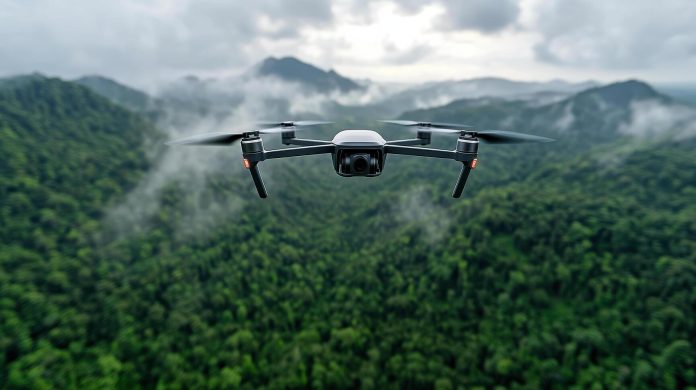
“How often does a battlefield engagement eliminate two of the rarest reconnaissance vehicles in existence? In Ukraine’s ongoing war, such events are exceptional and the recent destruction of Russian PRP-4 systems has drawn intense attention from military analysts worldwide. These vehicles, designed for precision artillery spotting, seldom go into direct combat and even more rarely in pairs.
The clash had been part of a Russian attempt to break through Ukrainian lines, and combat footage from the 503rd Separate Marine Battalion provided a rare, unfiltered look at what transpired. Besides the immediate tactical gain, the engagement underlines the evolving interplay between advanced reconnaissance assets, defensive engineering, and unmanned aerial systems on the modern battlefield.
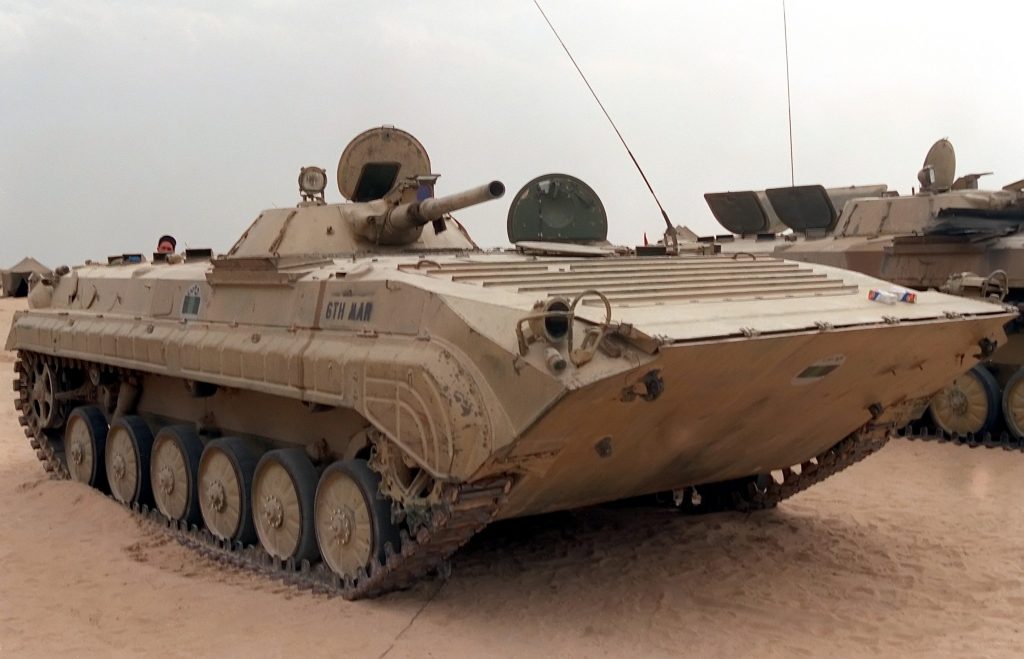
1. The Rare PRP-4 Reconnaissance Vehicles
The PRP-4 is a Soviet-designed mobile artillery reconnaissance system on a BMP-1 chassis. Its primary mission is to detect and track targets before giving coordinates for accurate artillery firing. For self-defense, it has only one 7.62mm machine gun, depending mostly on sensors and stealth to survive. Night detection capability up to 3 kilometers is supported by radar and optical systems such as the night vision device 1PN61 and the radar station 1RL133-1.
Even more rare are variants such as the ‘Deuteriy’ and ‘Nard’, with upgraded optics and rangefinding equipment. According to United24, Russia has lost at least four of each variant since the start of the full-scale invasion; the confirmed or probable loss of two in a single battle is therefore a major blow to Russian reconnaissance capacity.

2. Battlefield Setting near Myrnohrad
The engagement took place near Myrnohrad in the Pokrovsk sector, an extremely contested part of the area, where the Russian forces conducted mechanized breakthroughs several times. Minefields, trenches, and antiarmor barriers comprise the defensive network in this region, making the environment not too auspicious for vehicle-based assaults.
Such a defensive posture by the Ukrainian Marines reflects a multilayered approach that involves physical obstacles combined with persistent surveillance and swift drone strikes aimed at taking out high-value enemy assets before they can direct fires.

3. Dragon’s Teeth Anti-Armor Obstacles
The so-called ‘dragon’s teeth’ barriers of Russia are pyramidal-shaped concrete blocks designed to impede or redirect oncoming vehicles into kill zones. The UK Ministry of Defence has noted their extensive deployment in occupied territories, including Mariupol and Kherson, often integrated with mines and razor wire.
During this incident, the PRP-4s moved in single file through such obstacles, an unsafe maneuver that exposed them to mines and observation. The result was one vehicle striking a mine, which stopped the column and presented the opportunity for Ukrainian counteraction.

4. The Mine Strike and Immobilization
The first PRP-4 was disabled when it struck a mine embedded among the dragon’s teeth. The second vehicle attempted to push it clear, but this effort slowed the advance and left both exposed. The immobilization of reconnaissance vehicles in a contested zone effectively removes their utility as they cannot reposition to maintain line-of-sight for artillery spotting.
The moment, captured by combat camera, shows how the static defenses, coupled with mines, are capable of shutting down even the specialized support vehicles.
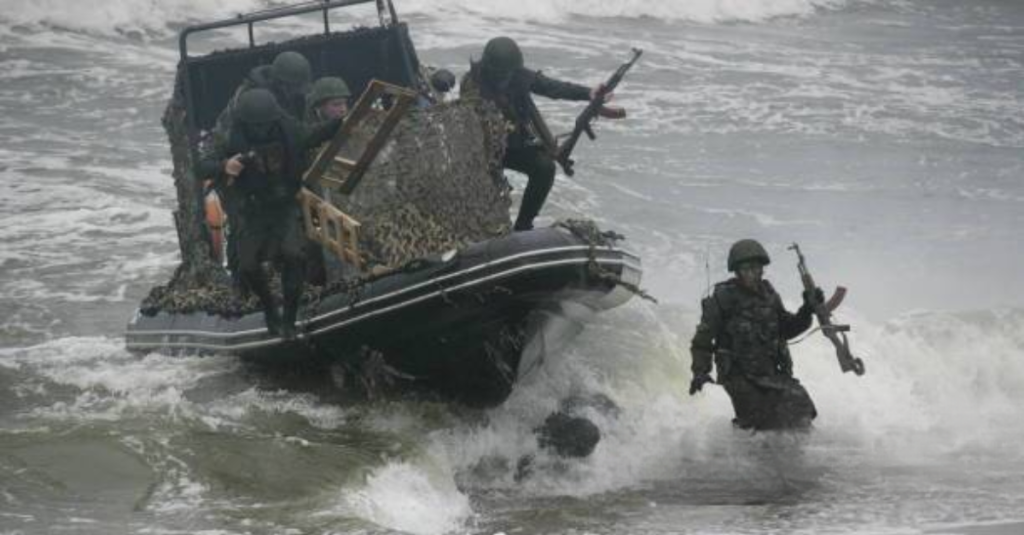
5. Russian Troops Disembark Under Fire
Following the mine strike, Russian troops dismounted from the PRP-4s. Almost immediately, they came under attack from Ukrainian drones, which delivered precision strikes on exposed infantry. Rapid targeting and engagement are evident in the footage, demonstrating how unmanned aerial systems have become instrumental in bringing attacks to a grinding halt.
According to Militarnyi, the assault group drew back to the nearest forest belt and hid in trenches and shelters, but drones continued to attack them without letting up.
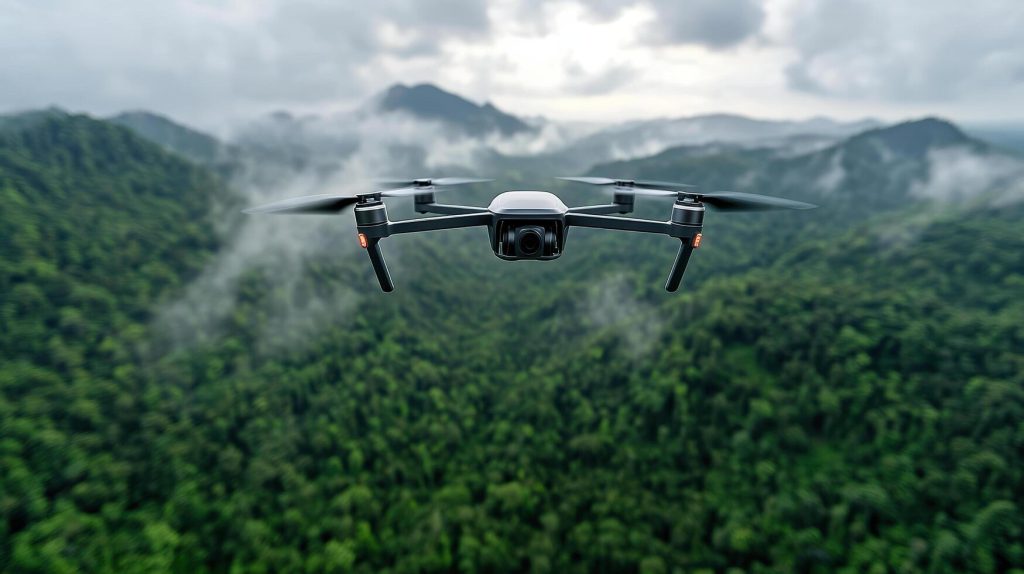
6. Chasing Drones in the Forest Belt
The Ukrainian drone operators stayed in contact as Russian troops withdrew into lines of trees. Militarnyi’s analysis said, “The enemy assault group retreated to the forest belt, where they hid in trenches and shelters, but the drones consistently destroyed them.” The 503rd Separate Marine Battalion claimed 26 Russian soldiers were eliminated during this phase. If the pursuit is sustained, it shows that drones have moved from being reconnaissance tools to active strike platforms that pursue and neutralize withdrawing forces.

7. Confirmed and Probable Vehicle Losses
While footage indeed shows both PRP-4s immobilized and abandoned, there is limited direct visual confirmation of destruction. Ukrainian sources believe nonetheless that both were taken out of action: one sat disabled on a road, the other remained in the obstacle field in which it struck the mine. If these were indeed ‘Deuteriy’ or ‘Nard’ variants, as open-source analysts suggest, then their loss represents one of the largest documented setbacks for this class of vehicle in the war.

8. Tactical Significance of the Engagement
The loss of two rare reconnaissance systems in one battle carries implications beyond the tactical gain itself. PRP-4s are integral in facilitating the coordination of artillery fire, and their absence can degrade the quick responsiveness of a unit to Ukrainian maneuvers. It also underlines how especially vulnerable specialized vehicles are when made to follow predictable movement patterns through obstacle belts-a weakness Ukrainian forces used with mines and drones.
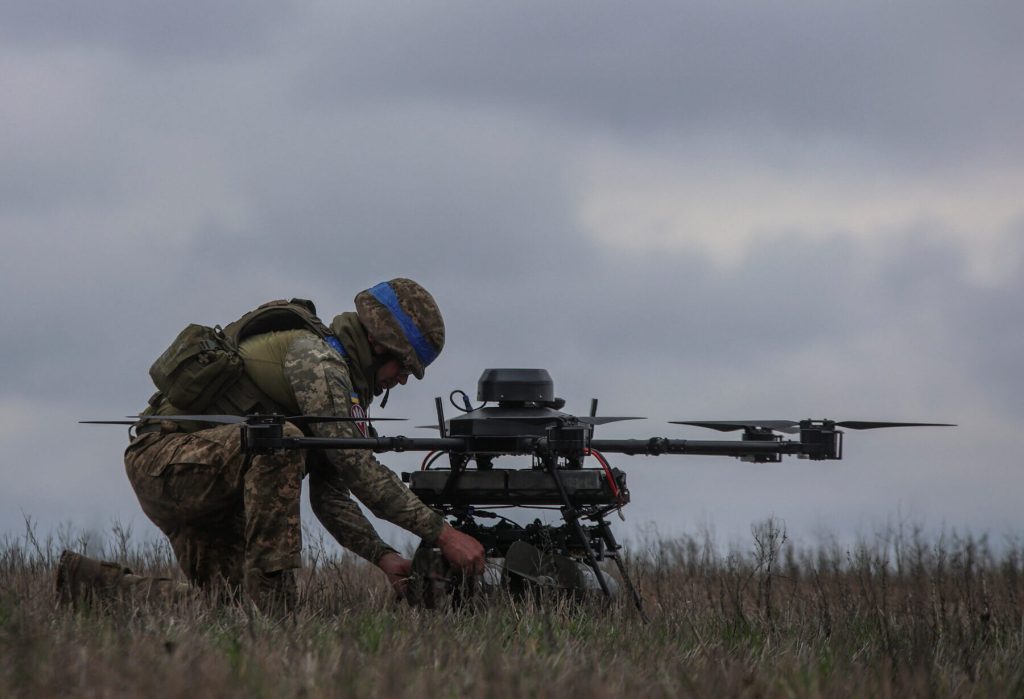
9. Lessons on Defensive Integration
This engagement has demonstrated the value of integrating static defenses with active surveillance and strike capabilities: the dragon’s teeth and minefields impeded the advance; drones provided real-time targeting and persistent pressure. This form of combined-arms defensive tactics can neutralize even rare, high-value assets. For Russia, the loss highlights the risks of committing reconnaissance vehicles to direct assaults, rather than keeping them back at standoff distances where their sensors can operate without exposure.
The loss of two PRP-4 reconnaissance vehicles-possibly in their rarest configurations-in one engagement drives home just how significantly layered defenses and contemporary drone war can reorder battlefield outcomes. For Ukraine, it was a tactical success with strategic resonance; for Russia, a costly setback in both matériel and capability. As the war grinds on, the interplay between rare military hardware, obstacle engineering, and unmanned systems will continue to be a determining factor in shaping the front lines.
